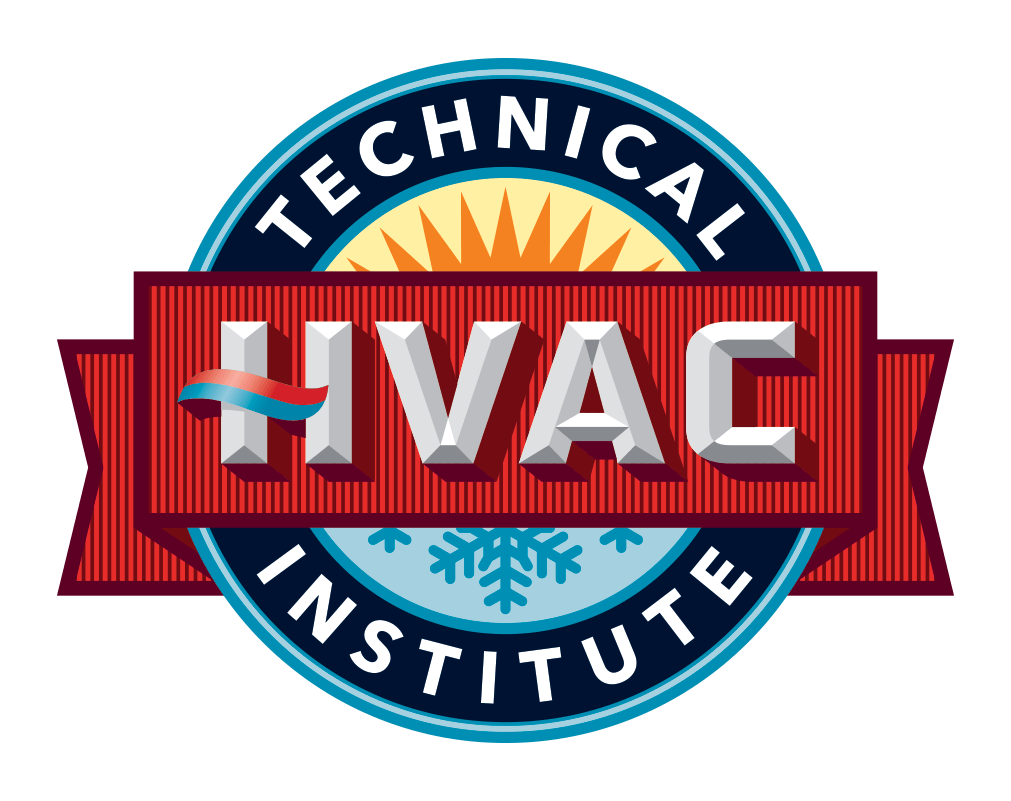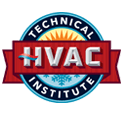Everything HVAC Students Need To Know About Federal Loans, Grants, and the FAFSA
Do you need help financing your HVAC education? You aren't alone. According to the Education Data Initiative, over
36 percent of undergrads receive $8,285 annually in federal loans and 42 percent get an average of $5,179 in grant money. If you need financial aid to help pay for your HVAC program, take a look at what you need to know about loans, grants, the FAFSA, and more.
Do Technical or Career School Students Qualify for Financial Aid?
The answer to this question is often yes, but not every student in every HVAC program across the country will qualify for loans or grants — or the same amount of loans/grants. Even though most HVAC training programs don't provide a traditional undergraduate or bachelor's degree, many career school students can get financial aid similar to what a college (first-time bachelors-level) student would.
A career school must participate in federal student aid programs for students to potentially qualify for federal loans or grant money, according to the U.S. Department of Education's Office of Federal Student Aid. This means you should talk to the admissions or financial aid department of your future HVAC training school about ways to finance your education before you enroll in classes.
After you verify that your HVAC career school does participate in federal student aid programs, you still need to make sure that you are eligible. Not all students are eligible for federal loans or grants. These programs are only open to U.S. citizens or eligible noncitizens. Your school's financial aid office can review the requirements for eligible noncitizens if needed.
The basic eligibility criteria for federal loans/grants require students to demonstrate a financial need, have a valid social security number, enroll and be accepted as a regular student at half-time status (for Direct Loan Program funds), and prove they are qualified to participate in and complete a career school-level type of education.
This proof includes a high school diploma, GED, homeschool high school completion, or meeting the "ability-to-benefit" alternatives outlined by the Office of Federal Student Aid.
Students must also maintain satisfactory academic progress after they start career school and sign a certification on the FAFSA. This certification states that the student isn't already in default on a federal student loan, doesn't currently owe federal student grant money, and agrees to use federal aid only for their education.
What Is FAFSA, and Do All Students Need To Complete It?
You are sure that your school participates in federal student aid programs, you've checked off the list of eligibility requirements, and you're ready to apply for loans or grants. What is next?
FAFSA is an acronym for the Free Application for Federal Student Aid. The FAFSA is your first step towards paying for your HVAC career school education. This application provides federal aid programs with information on your eligibility for loans and grants. This includes demographics, citizenship status, finances/financial need, and information on your intended school.
You can easily complete the FAFSA online. To start your application, you will need to visit the Federal Student Aid website and click on "start here" to create a new FAFSA form. Adult students will create a Federal Student Aid (or FSA) ID. If you are still considered a minor, your parents will need to start this process for you.
After creating an FSA ID, you can fill out the FAFSA for your intended school year. If you don't have time to complete the entire application in one session, create a save key. This is different from your FSA ID. As the name implies, the save key allows you to save your data and return to the form later.
Next, you will need to provide demographic information, list your school (the school that will receive your loan or grant money), answer questions about your dependency status (whether you are a dependent or have dependents), fill out the information about your parents (if you are a dependent), and provide financial information. To provide proof of income via income tax returns, the system will ask you to use the IRS Data Retrieval Tool.
To complete the form, you must sign and submit the application. You will use your FSA ID to sign your FAFSA.
What Happens After You Submit the FAFSA?
After you submit the signed form, you will receive a student aid report (or SAR). This may take several days or longer. Review your SAR, and correct any incorrect information if needed. Your school will also receive a copy of your SAR. This includes your expected family contribution (EFC,) and it will help your career school to determine what aid you are eligible for. The career school will notify you that they have received your SAR and let you know what types of aid and how much money you will receive for the upcoming academic year.
Are you ready to start your career in the HVAC trade? Contact the HVAC Technical Institute for more information.
CONTACT INFORMATION
BUSINESS HOURS
- Mon - Wed
- -
- Thursday
- -
- Friday
- -
- Sat - Sun
- Closed


